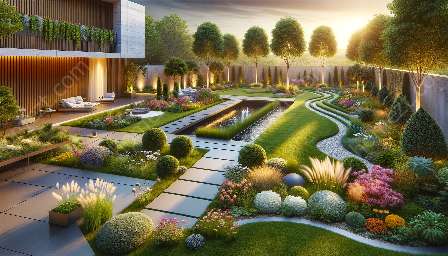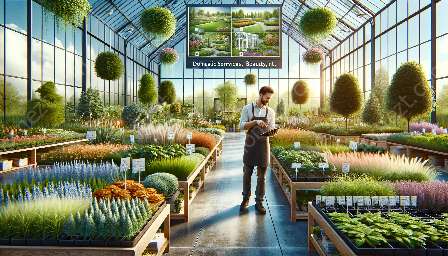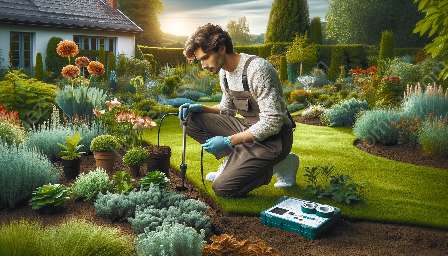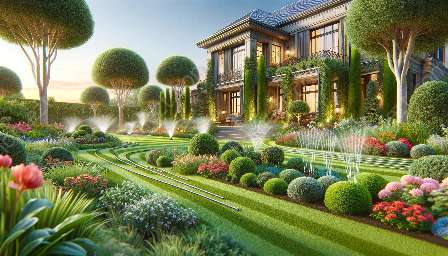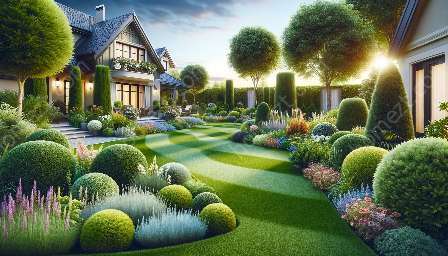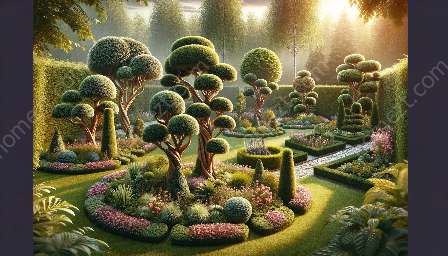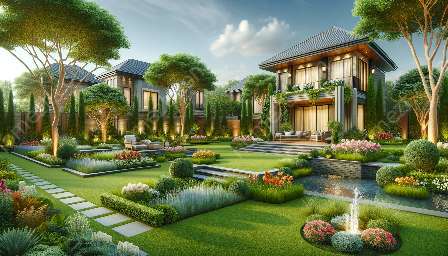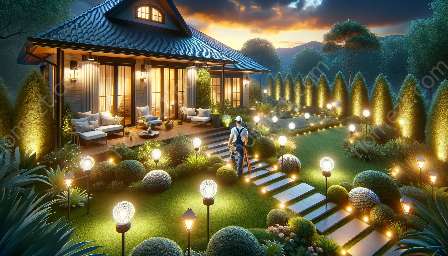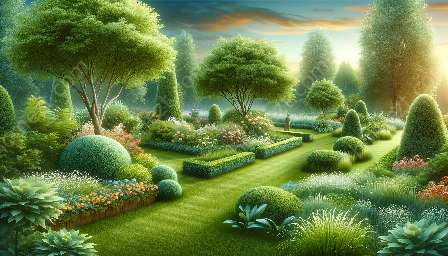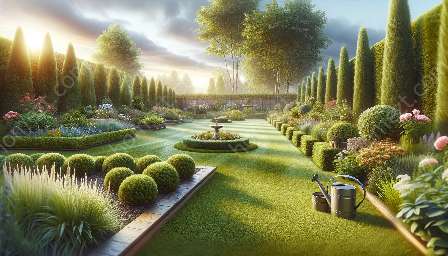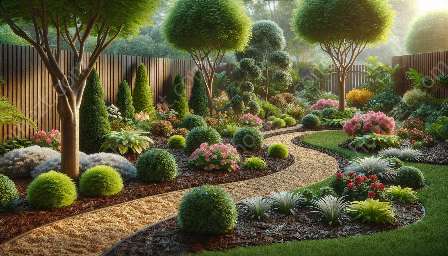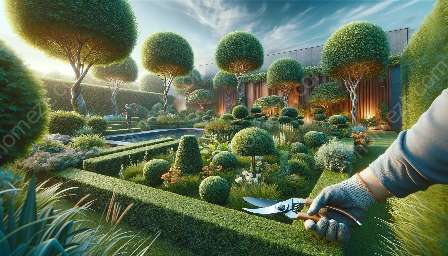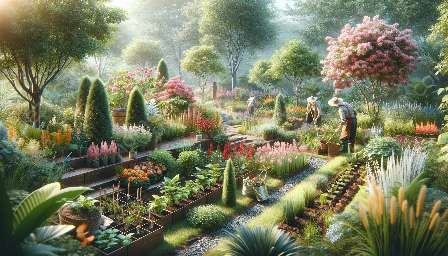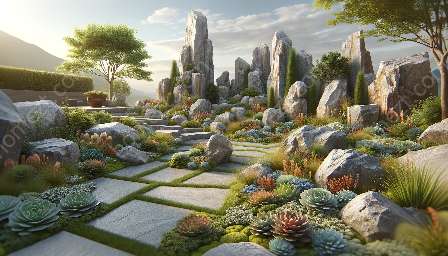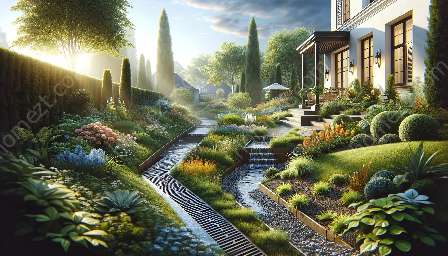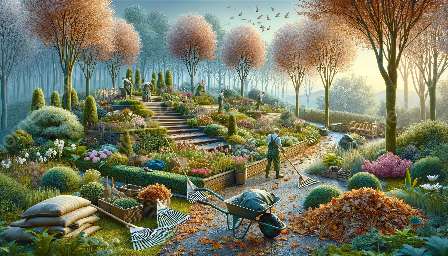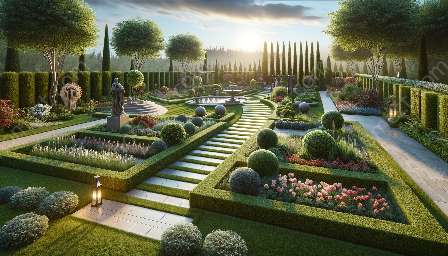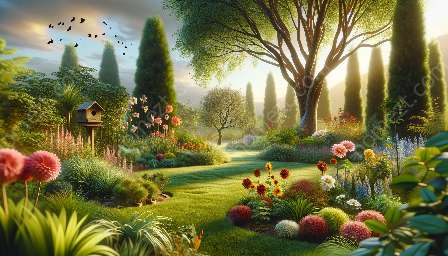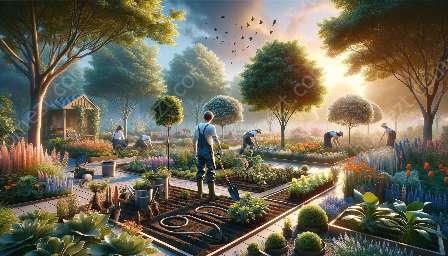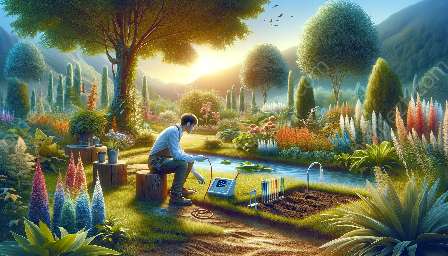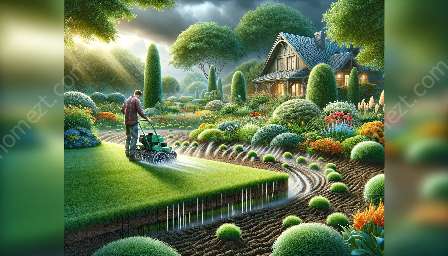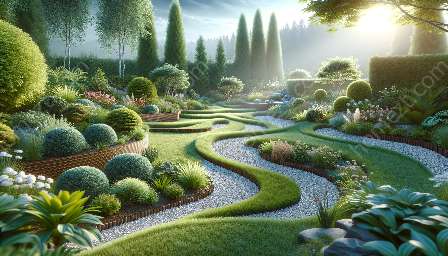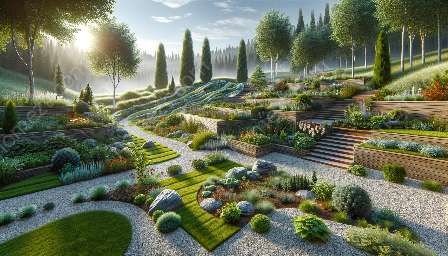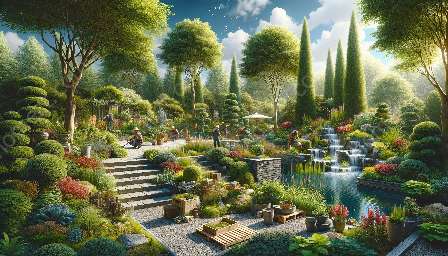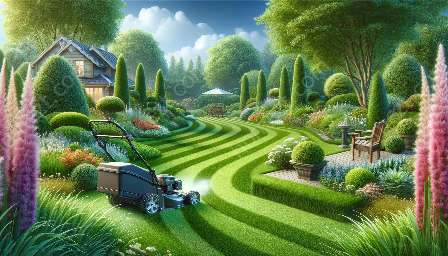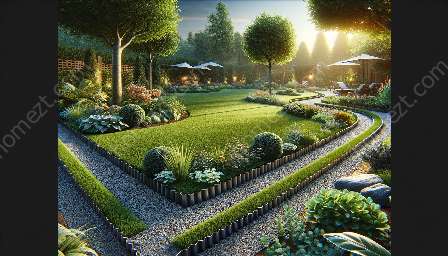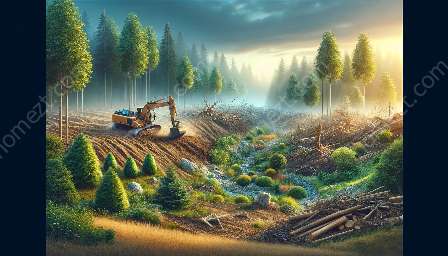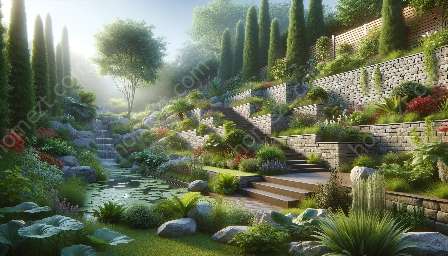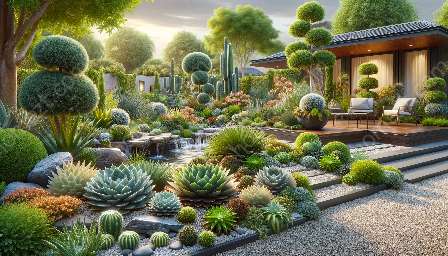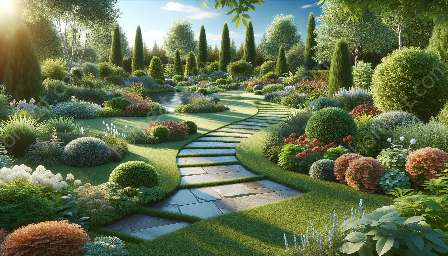Garden design is a harmonious blend of art and science, aimed at creating beautiful and functional outdoor spaces. It involves careful planning, selection of plants, and creativity to transform an ordinary yard into a stunning garden retreat.
The Importance of Garden Design
Garden design is crucial for several reasons. Firstly, a well-designed garden adds aesthetic value to your property, creating a welcoming and relaxing atmosphere. Furthermore, it extends your living space to the outdoors, providing a serene environment for relaxation and entertainment.
Landscape Design and Its Role in Garden Creation
Landscape design is an integral part of garden design, focusing on the outdoor environment as a whole. It encompasses the layout of plants, pathways, structures, and water features to create a cohesive and visually appealing landscape. By integrating principles of art and horticulture, landscape design contributes to the overall aesthetic and functionality of a garden.
Domestic Services for Garden Maintenance
Maintaining a well-landscaped garden requires ongoing care and attention. This is where domestic services come into play, offering professional assistance in garden maintenance, including lawn care, pruning, and pest control. These services help preserve the beauty and health of your garden, ensuring it remains a vibrant and inviting outdoor space.
Elements of Garden Design
Successful garden design relies on various elements that contribute to its overall appeal and functionality. These elements include:
- Plant Selection: Choosing the right plants for your garden based on factors such as climate, soil type, and maintenance requirements.
- Hardscaping: Incorporating elements such as pathways, walls, and structures to create definition and structure within the garden.
- Water Features: Adding ponds, fountains, or waterfalls to enhance the visual and auditory experience of the garden.
- Lighting: Strategically placing outdoor lighting to extend the usability of the garden into the evening hours and create an enchanting ambiance.
- Seasonal Interest: Incorporating plants and features that provide visual interest throughout the year, ensuring the garden remains captivating in all seasons.
Designing for Sustainability
With a growing emphasis on sustainable living, garden design is increasingly focusing on eco-friendly and low-maintenance practices. This includes utilizing native plants, implementing water-saving irrigation systems, and creating habitats for local wildlife. Incorporating sustainable practices in garden design not only benefits the environment but also reduces the need for intensive maintenance, making it an attractive option for homeowners.
Conclusion
Garden design, landscaping, and domestic services form an interconnected web of expertise dedicated to enhancing outdoor living spaces. By combining creativity with practical knowledge, these disciplines contribute to the creation and maintenance of stunning gardens that bring joy and tranquility to homeowners.

